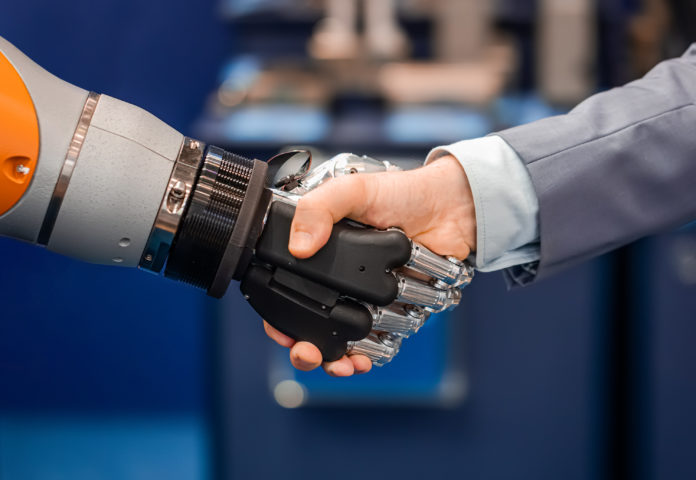
Simply put, robotic process automation is the use of robotic additions in the workflow that can replace human operators in a number of repetitive or dangerous tasks that must be performed. Instead of utilizing human hands and labor capacity to engage in repetitive tasks that take up valuable time and require little in the way of intelligent approaches, businesses are able to automate certain key aspects of the business functionality, such as carton construction, in order to free up human operators for other tasks that are more thought-provoking, safer, or require a nuanced process that humans are able to complete more effectively through the use of their inherent problem-solving abilities.
Robotic process automation (RPA) enjoys fantastic uptime metrics.
Many people who are approaching the topic of automation for the first time ask, “What is RPA automation?” The truth is that RPA techniques encompass many different processes within the business world, but they all share a key element of highly successful efficiency standards. One of the main benefits of the use of RPA techniques and installations is the never-ending uptime facility that they can provide. Robots never need to take breaks, eat, sleep, or use the bathroom like humans do. This means that robotics installations can be leveraged in tandem with human operators to ensure round-the-clock utility in factories, fulfillment centers, and more.
With the help of great robotics processes, businesses can create highly efficient workflows that are great for profitability and take into consideration the needs and desires of their human staff members. When leveraged with the additional support of big data collection and analysis processes, an automation installation that utilizes the effectiveness of robotics additions can quickly become a major winner in the lineup of any type of business.
Efficiency is a mainstay in any business calculation.
The modern business simply doesn’t have time to worry about delays in processing, production, or rollout. With the help of robotics processes that automate some of the more mundane tasks that human operators were once tasked with, the elimination of human error, delay, and other common setbacks is a given. With this transformation in the underlying business processes, brands are able to produce greater quantities, bringing a larger volume of products to market through each day, month, and quarter. Likewise, with the inclusion of this efficient and productive introduction, human operators are able to work on quality control tasks and other essential services that move the brand in a positive direction with greater consistency.
Implementing an RPA opportunity allows businesses to deliver better products and services to their end-users. A great example is in the lockdown measures that took hold across the world as the coronavirus pandemic set in throughout early 2020 and beyond. As businesses and consumers struggled to make the most of an unprecedented and fraught situation, brands that implemented automated systems were able to deal with cancellations, delays, and other issues with grace and relative ease while others were forced to handle consumer issues one at a time and make knee-jerk judgment calls in order to meet the demands of each and every customer as quickly as possible. This of course led to many disgruntled consumers who may never go back to the same kind of business relationship that they had with trusted brands before the pandemic. A loss of consumer trust is something that’s hard to recover from, but with the help of automated processes that lean on the efficiency and cost-effectiveness of robotics installations, many businesses were able to navigate these hard times relatively unscathed.
Utilize RPA upgrades in your own business for the best in efficiency and end-user support services.









